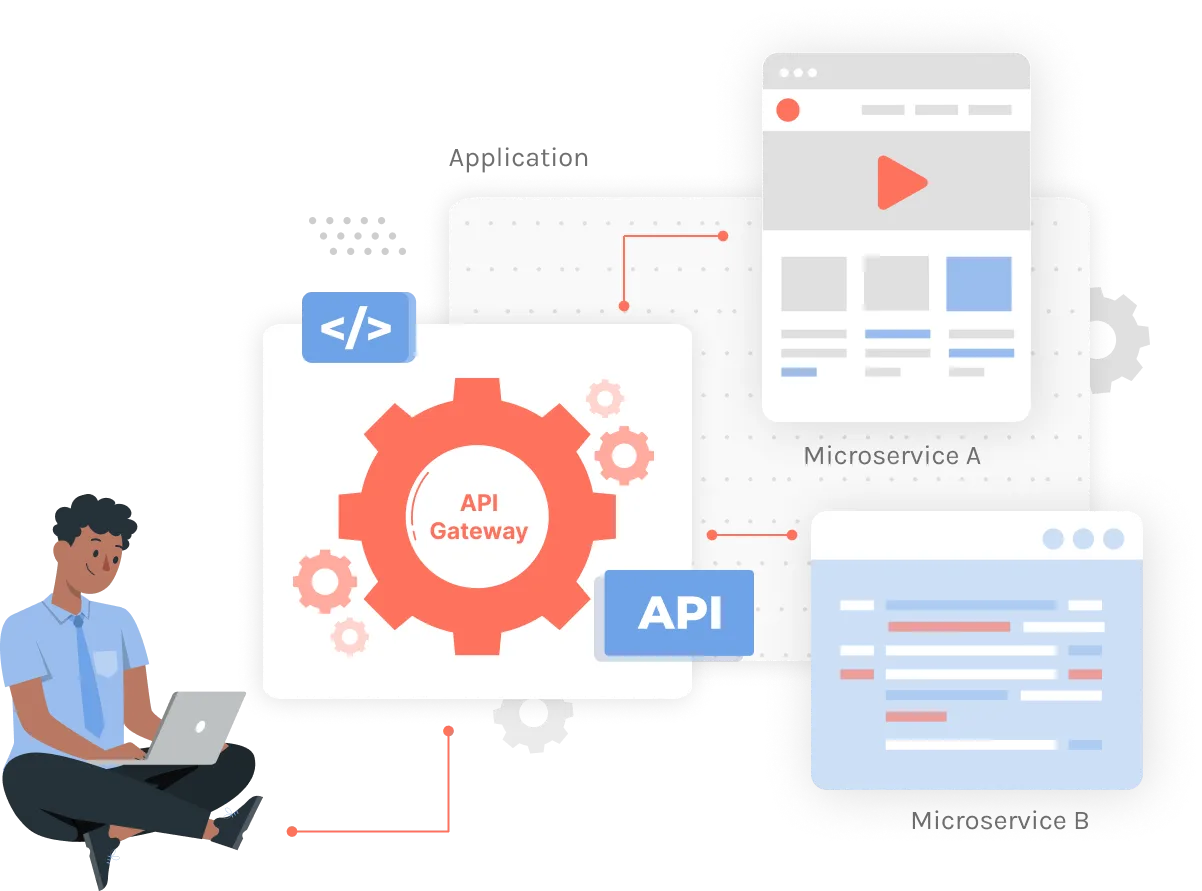APIs are the various ways in which one company communicates internally with the software of another company. Third parties could use APIs to access the various functions of external applications, such as ordering products on Amazon. APIs are released by companies to encourage others to integrate their popular services with theirs.
Why use APIs?
APIs can make the development process easier by providing a layer of abstraction. APIs allow you to access the desired functionality without having to directly interface with the software of another company. In addition, APIs can provide a consistent interface across different platforms, which can make it easier to develop cross-platform applications.
- Identify the APIs you need:
The first step is to identify the APIs you need for your project. This will involve determining what functionality you need and then finding the APIs that provide access to that functionality. A good place to start is the API marketplace of your chosen platform.
- Register for an account:
Once you have found the APIs you need, you will need to register for an account with the provider to access them. An email address and your name will usually be required.
- Generate your API keys:
After registering for an account, you will need to generate your API keys. These keys are used to authenticate your requests to the API. Each API will have its process for generating keys, so be sure to follow the instructions for your chosen API.
- Make your first API request:
Now that you have your API keys, you can make your first API request. This will usually involve specifying the URL of the API endpoint you wish to access, along with any other parameters required by the API. For example, many APIs require you to specify the format of the data you wish to receive.
- Handle errors and rate limits:
When making API marketplace requests, it is important to be prepared for errors. This can involve checking for common error codes and handling them appropriately. In addition, most APIs have rate limits in place to prevent excessive use. Be sure to check the rate limits for your chosen API and plan your requests accordingly.
- Parse the API response:
Once you have received a response from the API, you will need to parse it to extract the information you need. This will involve using the appropriate libraries for your chosen programming language.
- Use the data:
Now that you have extracted the data you need from the API response, you can use it in your application. This could involve storing it in a database, displaying it to the user, or using it to trigger some other action.
- Repeat as necessary:
Depending on your needs, you may need to make additional API requests. For example, if you are building a real-time application, you will need to make regular API requests to get the latest data.



